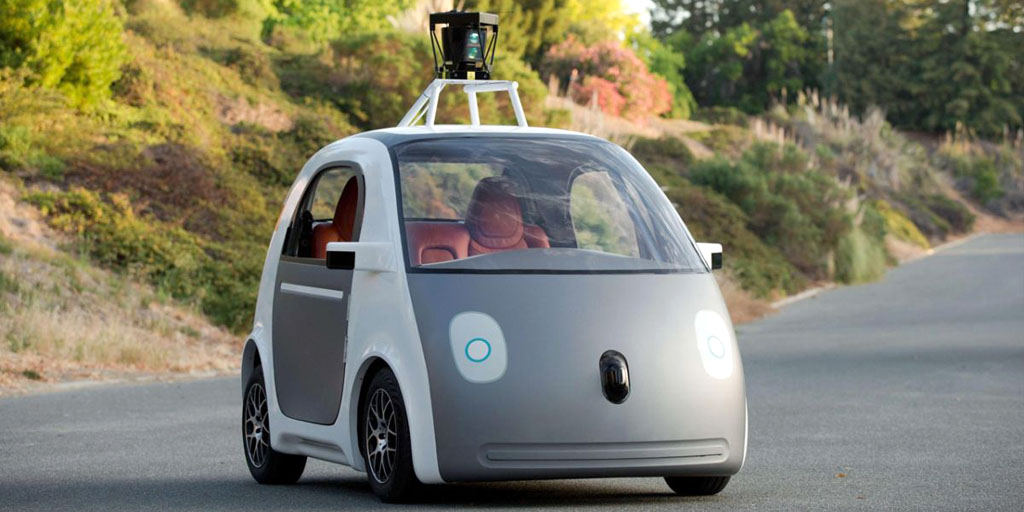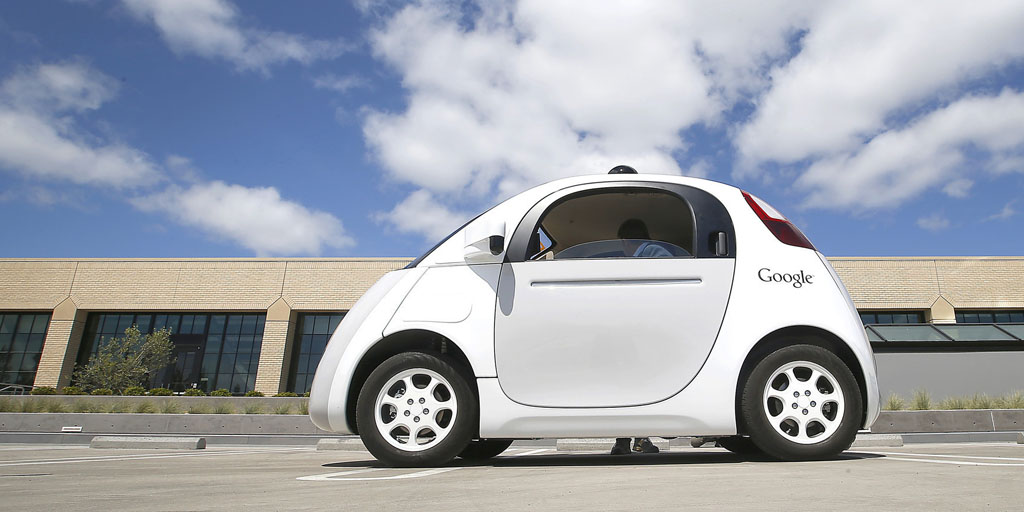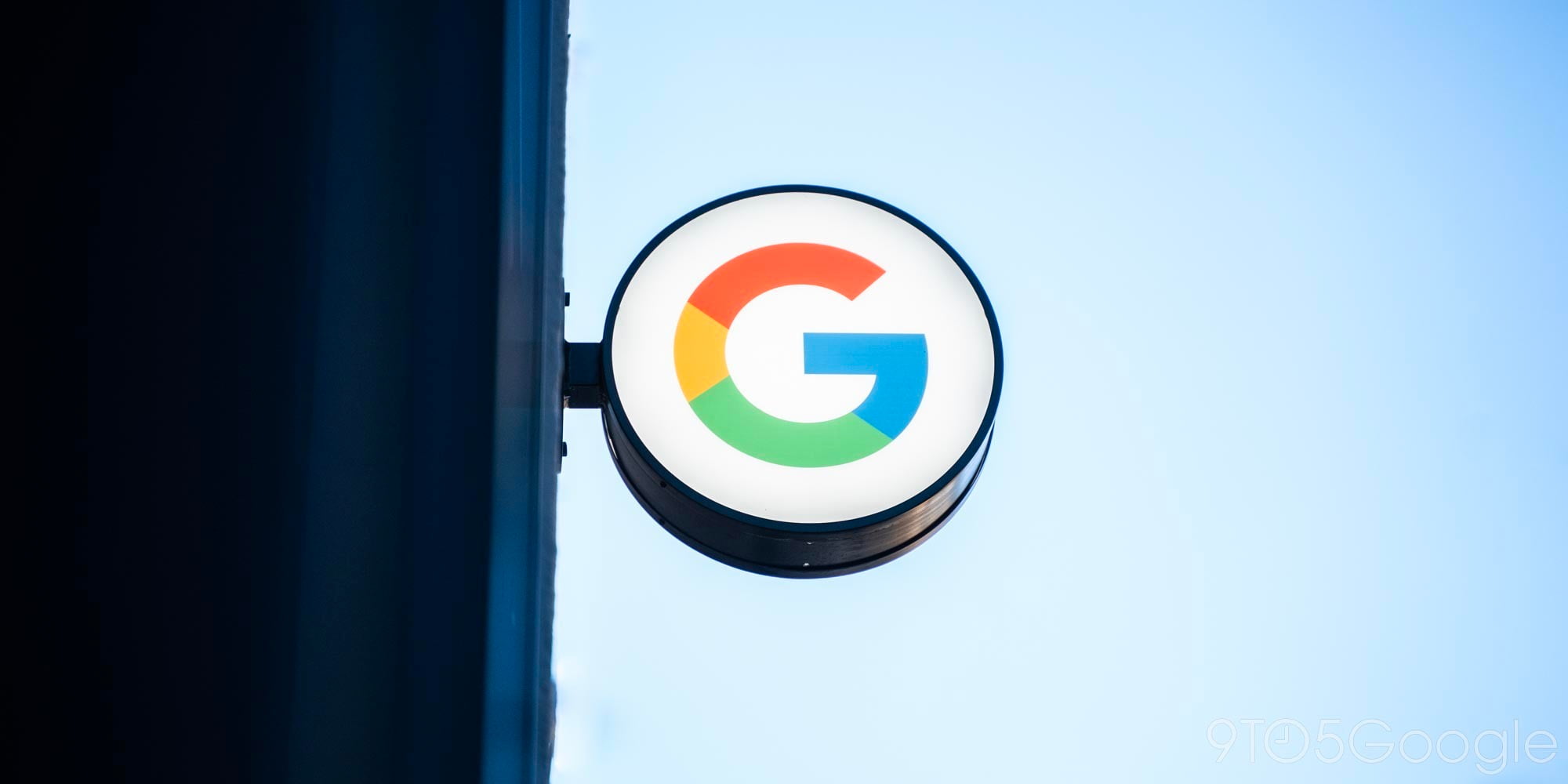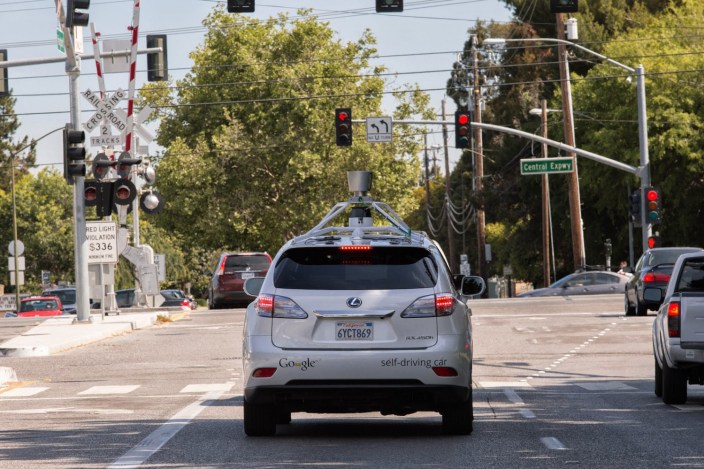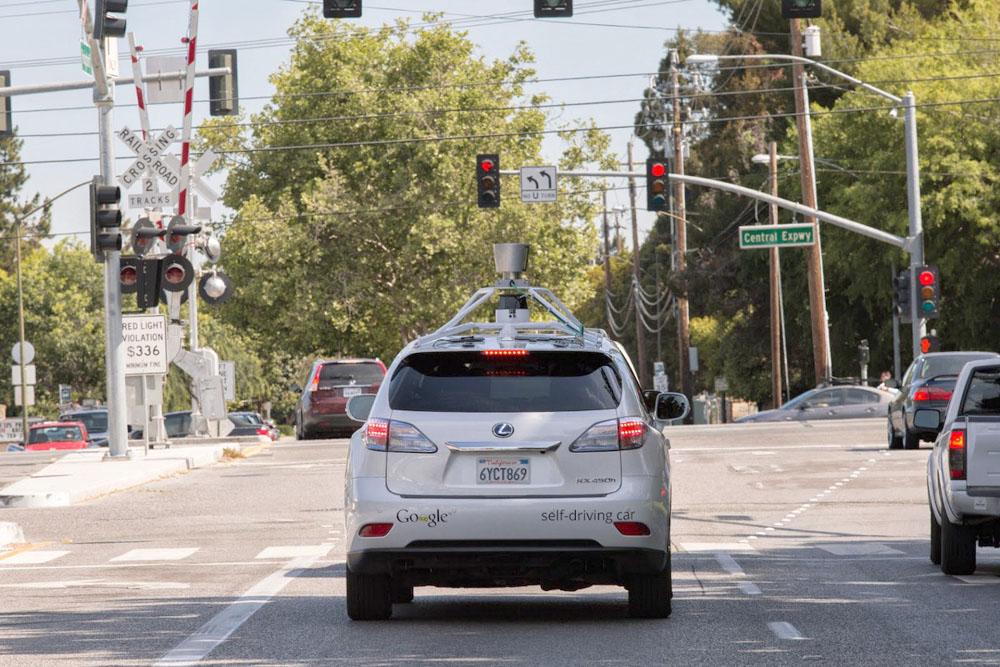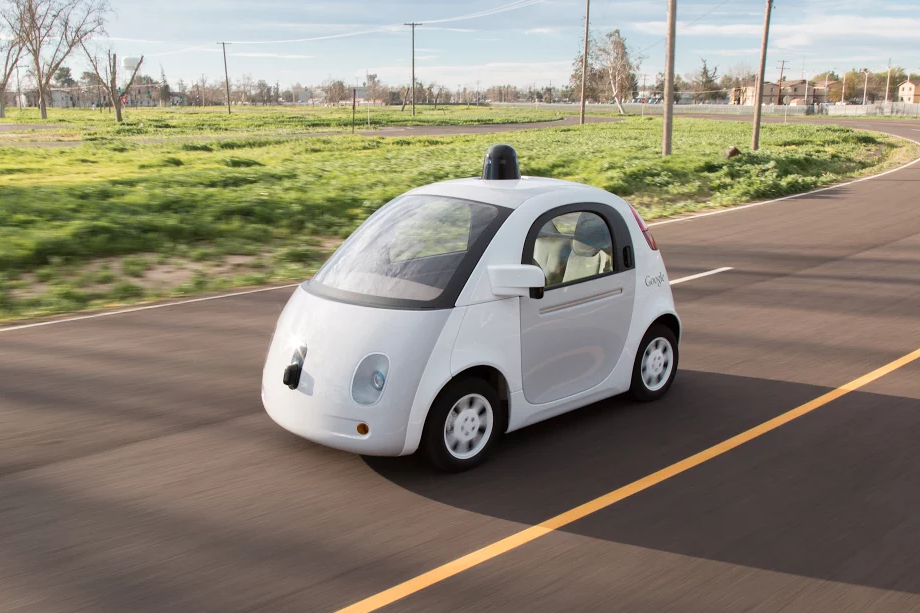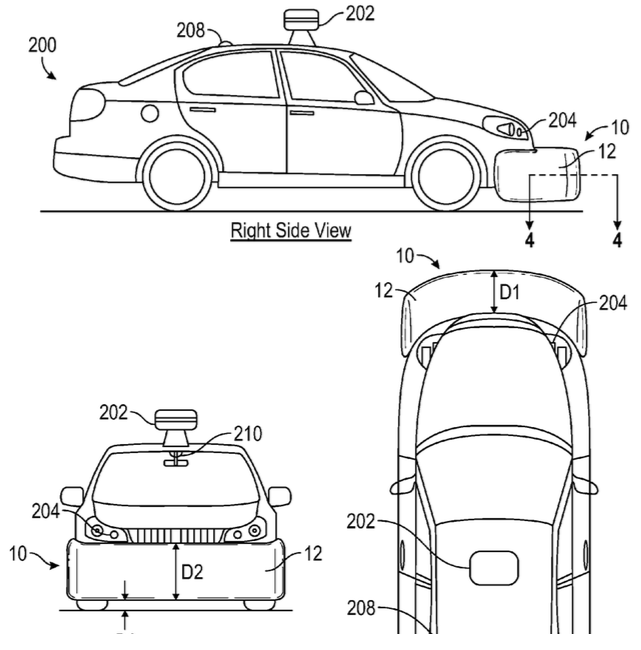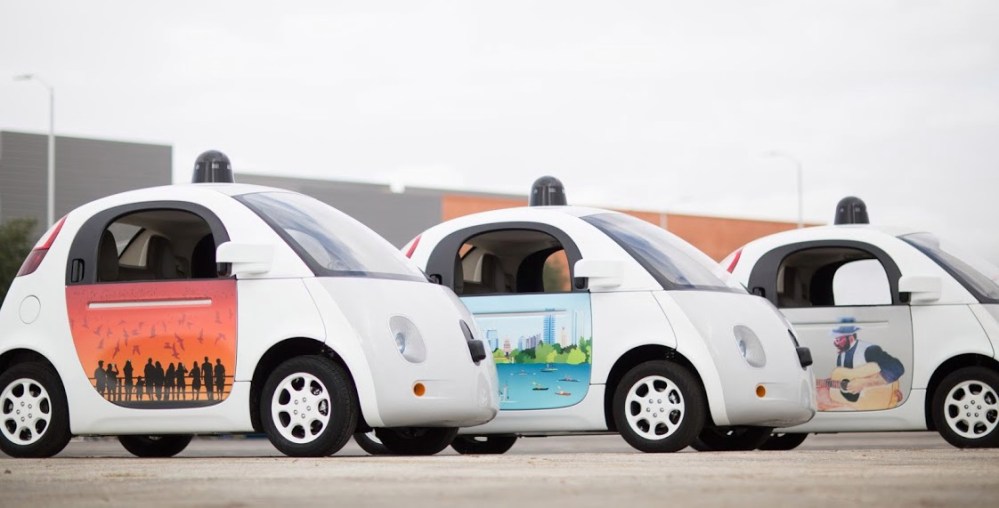It takes four weeks to learn how not to drive one of Google’s self-driving cars


Medium’s tech hub editor-in-chief Steven Levy provides an interesting behind-the-scenes look at what it’s like to be a test-(non)driver of one of Google’s self-driving cars. Among the more surprising facts is that there’s a four-week full-time course to qualify to sit behind the wheel of one of the company’s testbed Lexus cars – with additional training needed for the cute prototype cars with only emergency controls.
There’s an abbreviated version for those who will only be sitting in the cars on the company’s private test facility. If you fancy the job, the most reliable way to apply, says Levy, is to be friends with an existing driver. If you can’t swing that, there’s always the option of applying to be a professional pedestrian …
